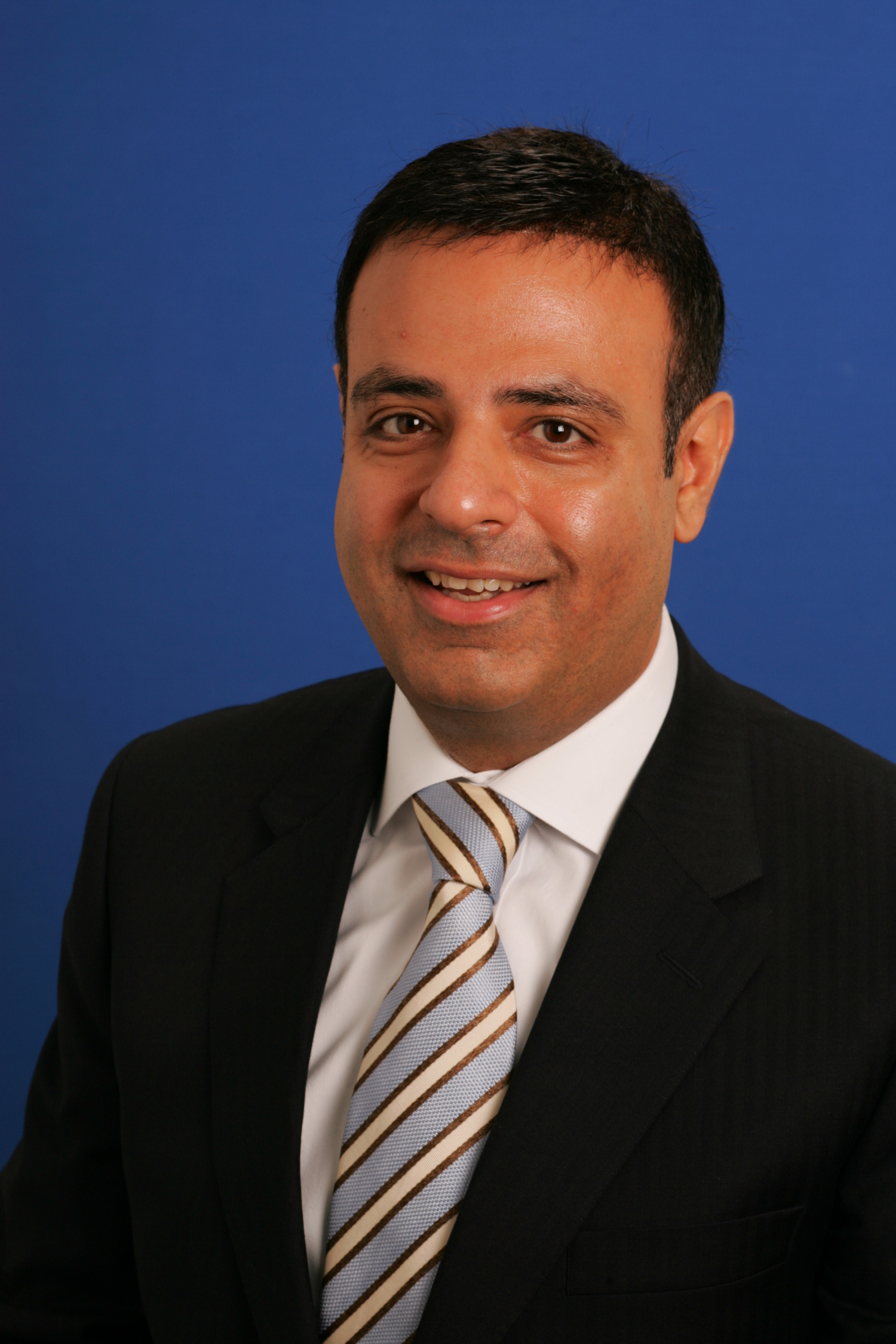IJGlobal Awards 2019 – The Citi Interview
When it comes to bond financing of infrastructure and energy across the Americas, the IJGlobal judging team voted emphatically that none did it better in 2019 than Citigroup, giving it a clean sweep of the board for both regions.
IJGlobal’s independent team of judges – all of them industry peers – met early this year in New York to analyse submissions in the bond finance category for North America and Latin America, and found in Citi’s favour for having been “consistently impressive” across the 2019 calendar year.
One judge said of Citi’s 2019 transactions: “The sheer size of deals Citi closed last year was impressive alone… when you factor in ground-breaking transactions and challenging markets to work in – that’s what wins awards.”
During the judging session, there was particular comment on Cameron LNG in Louisiana which was deemed an “excellent transaction” and Quito Airport in Ecuador that “overcame considerable challenges” to achieve financial close.
Citi’s infra teams are led by two established Americas MDs – Nasser Malik who leads Citi’s Structured Debt business globally and Stuart Murray who heads the Project and Infrastructure Finance team for the Americas.
When it comes to 2019, they are spoilt for choice. However, key among the deals to have closed are the likes of Braskem Idesa, MV24 and Quito Airport in Latin American; and for North America – Cameron LNG and EPIC Olefins Ethylene Pipeline.
On Braskem Idesa Citi acted as financial adviser and joint bookrunner to achieve first stage refinancing of the largest petrochemical complex in LatAm. This is the first step in its transition towards a corporate-like capital structure through an innovative vehicle in which bondholders benefit from structural enhancements, transitioning to a fully-corporate structure once the current bank financing is repaid.

“That is evidenced by the fact it has a competitive feedstock contract with Pemex, the Mexican government’s oil and gas champion, which provides methane to the plant which then is transformed into methane.”
Nasser adds: “Even though, from the standpoint of the sector, it was rated BB and given the quantum of leverage, you can look at this as a high-yield bond or a Mexican infrastructure play. The market viewed it as a Mexican infra play.”
The refi of the MV24 floating production storage and offloading (FPSO) unit through a 144A / RegS project bond allowed efficient capital allocation and diversified access to capital, while also streaming around $150 million in dividends for investment in new projects. At $1.1 billion, it was the largest Brazilian debut issuance and infrastructure issuance in more than 5 years, and the largest LatAm infra bond since 2017.
Stuart says of MV24: “The really is the institutionalisation of FPSOs as an asset class – the first time that an institutional investor took credit exposure via a 144a bond in this space viewing as such. This deal created that benchmark in the market.” [Note fyi: this bond was rated above the primary Offtaker, and Quito was rated above the Ecuador sovereign rating; advisories on both ratings processes were led by Citi]
Ecuador’s Quito Airport – AKA Mariscal Sucre International Airport – is the largest in the country and the only one to serve the capital. Quiport entered into a 35-year concession maturing in January 2041 with the Municipality of Quito.
Leveraging the airport's strong business and contractual positioning, Citi helped Quiport take to market a $400 million 144A / RegS offering in March 2019 to refinance construction loans from development banks and fund a release of retained earnings back to the sponsors. This landmark issuance was the first non-government Ecuadorian issuance in more than 20 years and was a rare example of an issuer rated above sovereign.
“If you look at the spectrum of challenging sovereign risks, Ecuador is at one end of the spectrum,” says Stuart. “Historically, it is a country where the market has been dominated by sovereign and the occasional sub-sovereign. It is very unusual to have anything in the private sector tap the markets.
“Quito, obviously, is a critical infrastructure asset for the country and – as with Braskem – it benefits from this standing. It was the first private sector bond out of Ecuador in the last two decades which gives you a sense of the limitation in the market for Ecuador, but balanced against the critical nature of the asset.”
Meanwhile, the $3.02 billion of 144A / Reg S senior secure notes was to refinance and replace uncovered commercial loan facilities on Cameron LNG in Hackberry, Louisiana. Its refi is unique due to its scale, pricing, structure, level of investor demand, and distribution strategy.
Cameron priced a $3.02 billion bond offering in 4 tranches, 1 of which was an amortizer. Due to the level of investor demand – 5x oversubscribed – the bookrunners were able to noticeably bring in pricing from initial thoughts, that ranged from 2.902% on the 11.5-year to 3.701% on the 19-year.

“Cameron was unusual for that aspect by way of the size and traction from the sponsors who got very good execution. The demand for that transaction and the levels at which it was executed were optimal from the sponsor’s perspective.”
He adds: “It is unusual to have an infrastructure transaction done as a 144A these days in North America, unlike Latin America where you see quite the reverse.”
Stuart agrees: “What was interesting about Cameron was how good the execution was. It was a $3 billion deal and we had a $15 billion book which we achieved by having both bullets and amortizers.
“We then ran a dual-marketing process where the amortizers were targeted towards private placement, and we built momentum with those. Then we publicly launched the bullets to the 144A market – building momentum from both to drive an enormous book. It was quite extraordinary and built a pricing war.”
At the end of October 2019, Citi closed the $171.1 million 4(a)(2) private placement to finance the construction and operation of EPIC Olefins Ethylene Pipeline – a bi-directional ethylene pipeline servicing the world's largest ethane cracker: Gulf Coast Growth Ventures.
This Texan deal stands out for numerous reasons from achieving 90% debt-to-capitalization via long-term, fully-amortizing debt; a minimum DSCR of 1.15x reflecting the unique offtake agreement; delayed draws over 9 months to minimize negative carry to the sponsor; and achieving margins of 225bp.
Stuart says: “This project was a sign of the times in terms of the type of energy infrastructure assets being built in the US as the shale fracking revolution continues. But what was interesting about it was that – against the strength of the contract with the plant – we achieved over 90% leverage to finance construction. That’s something I have rarely seen over the years.”
Given its level of activity in 2019, Citi will definitely be entering the IJGlobal awards for the 2020 calendar year.
To access the magazine in full, CLICK HERE...
Request a Demo
Interested in IJGlobal? Request a demo to discuss a trial with a member of our team. Talk to the team to explore the value of our asset and transaction databases, our market-leading news, league tables and much more.